Autonomous Vehicles Require Industry Cooperation, Not Laws

Social media that obliterates borders and treats the world as one gigantic community, autonomous cars, smart homes and Internet of Things (IoT) are changing everything.
Or, as deep thinkers like to say, they are disrupters to everything.
It’s not a real big deal (more like a business inconvenience) when social media and search engines must block certain information, sites/activity when they cross country invisible borders.
The U.S., European Union (EU); Russia; India; China, oh heck, every country has set up laws, rules, guidelines as to how a company will act and compete inside their borders and firms have previously just considered abiding by these oversights as a cost of doing business in the respective country.
Increasingly, competitors have had to form alliances, develop universal standards and establish ecosystem guidelines so things work smoothly with things in homes and businesses in Canada, Brazil, Hungary, Saudi Arabia, Indonesia, Kenya and elsewhere.
International standards groups and associations like IEEE, SMPTE, ITU, CTA, SIA, OICA, TIA and thousands of others (check the acronyms in Wikipedia) work together to set the guidelines that make stuff somewhat work the way it’s advertised.
Increasingly, manufacturers, suppliers, service providers, partners and rivals are finding they must invest in/work openly with each other to build a seamless, compatible, compliant infrastructure that works across industrial sectors and borders.
It’s often called coopetition (cooperative competition). It can be messy, but it beats bureaucrats setting the rules.

And, as we have seen in our rush to autonomous transportation, there will be accidents and lives lost.
We’re not certain what has happened in other countries, but we’ve had three in the U.S. that have been widely covered:
- A Florida man’s car ran into a truck and he was killed.
- A self-driving Uber car killed a pedestrian in Arizona.
- A California man was killed when his Tesla hit a highway barrier.
Suddenly local, state and national governments that wanted to have auto and tech firms rush autonomous transportation in their cities, states and countries are pedaling just as fast to say, let’s hold off for awhile until they’re safe before we send them out onto the streets, highways and byways to move goods and people under their own control.
In the U.S., Michigan’s senator, Gary Peters, and other bill sponsors said, “Congress must quickly pass legislation to ensure safe testing and deployment.”
Suggesting that the technology’s safety benefits outweigh today’s drivers’ actions, Madhur Behl, computer science assistant professor at the University of Virginia, said, “We need to take our time to work through the evolution of the self-driving technology.”
Yes, the loss of lives was tragic but staying the course is worse.
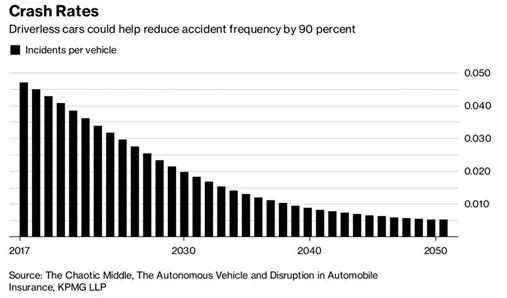
Today, the U.S. experiences an estimated 40,000 traffic deaths a year and nearly 1.3M die in road crashes globally–an average of 3,287 deaths per day, according to the World Health Organization (WHO).
An additional 20-50M are injured or disabled; and nearly half are between the ages of 15-44.
Most industry experts agree that autonomous vehicle technology is still the key to saving many of these lives.
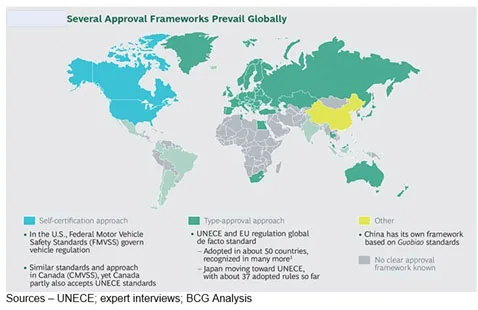
While country governments have regulated automotive safety and are building public trust, the new technology needs to be implemented globally because it isn’t as simple as putting the steering wheel on the right or left but needs to address the safeguarding of lives everywhere.
Much of the testing and development work is conducted on various countries’ public roads but there is already a growing debate in every country on how to deploy this innovation.
The technology behind the potential is still evolving. As a result, most government officials and the driving, riding public are generally not aware of the complexity.
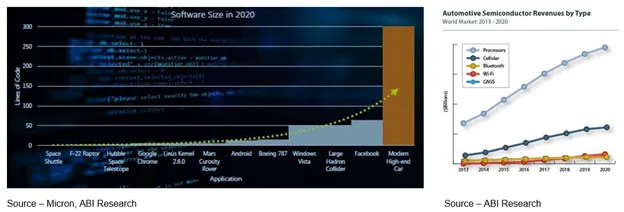
All stakeholders – automakers, technology firms, autonomous vehicle software developers and research institutions – need to come together to develop the infrastructure, framework and early guidelines so realistic legislation and regulations can be developed.
Toward that end, Jensen Huang, Nvidia CEO, announced the firm’s Drive Constellation Simulation System at this year’s Graphic Technology Conference (GTC) and that the firm was working with more than 370 partners to advance the autonomous technology.
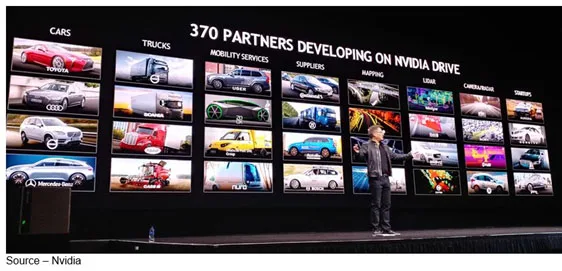
With a data center solution, vehicle manufacturers and tier 1 producers can train and verify systems in the cloud before they are put into vehicles.
Coopetive efforts like this enable the industry to use simulation tools to collectively amass critical volumes of data to ensure that vehicle systems work properly as a single vehicle and with its moving environment. Simulation tools can give a clear understanding of the environment preceding an incident as well as an understanding as to why the decision was made so it can be modified to ensure the safety of future decisions/actions.
“At the end of the day, self-driving cars have the ability to learn quickly from these mistakes and teach all future cars,” Behl said. “The same cannot be said for human drivers.”
Alan Messer, CEO of InnovationShift, noted that developing an autonomous vehicle is perhaps more challenging than landing a man on the moon.
“There’s almost an infinite number of conditions and combinations of conditions vehicles will encounter around the globe,” he noted. “Many are impossible to predict, which is why the industry is moving cautiously to a Level 5 vehicle that doesn’t need a human driver or even a steering wheel.

More importantly, the industry is working hard to manage consumer expectations.
Messer expects the transition to autonomous vehicles will begin around 2020 but we already have about 1.2B L1 vehicles (cruise control) on the road around the globe.
L2 adds sensors, to slow down the vehicle if the car in front does and stay within the lane markings. L3 drives the vehicle but a person has to take over if necessary.
Wide distribution and adoption of autonomous vehicles will take longer than many predict because every setback – okay, accident – will raise people’s concern, just as it does after an airplane mishap.
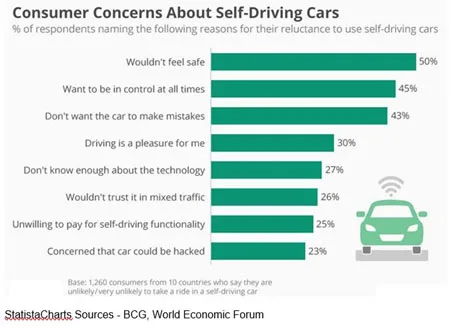 However, the level of autonomy and need for driver attention will vary significantly.
However, the level of autonomy and need for driver attention will vary significantly.
A lot of testing will be required because a vehicle in San Francisco will encounter different issues from one in Phoenix or Moscow, Naples, Shanghai, Osaka, Toronto, Buenos Aires or long stretches of highway.
The difference between today’s driving and tomorrow’s is that with each incident – fender bender or fatal accident – the information, analysis and resolution will be shared with all connected vehicles.
But the technology is developing and evolving so quickly that lawmakers around the globe can’t possibly develop legislation that will regulate automotive safety.
That responsibility must be undertaken by vehicle and technology firms and partnerships– regardless of the country of origin.
Autonomous transportation and the movement of goods/services are global in nature and an integral part of the Internet of Things.
 The idea that you will be able to make calls, text, eat, read, groom, meditate, drink or exercise may just be a little too distracting.
The idea that you will be able to make calls, text, eat, read, groom, meditate, drink or exercise may just be a little too distracting.
As Jake Sully said in Avatar, “Sooner or later, you always have to wake up.”
# # #